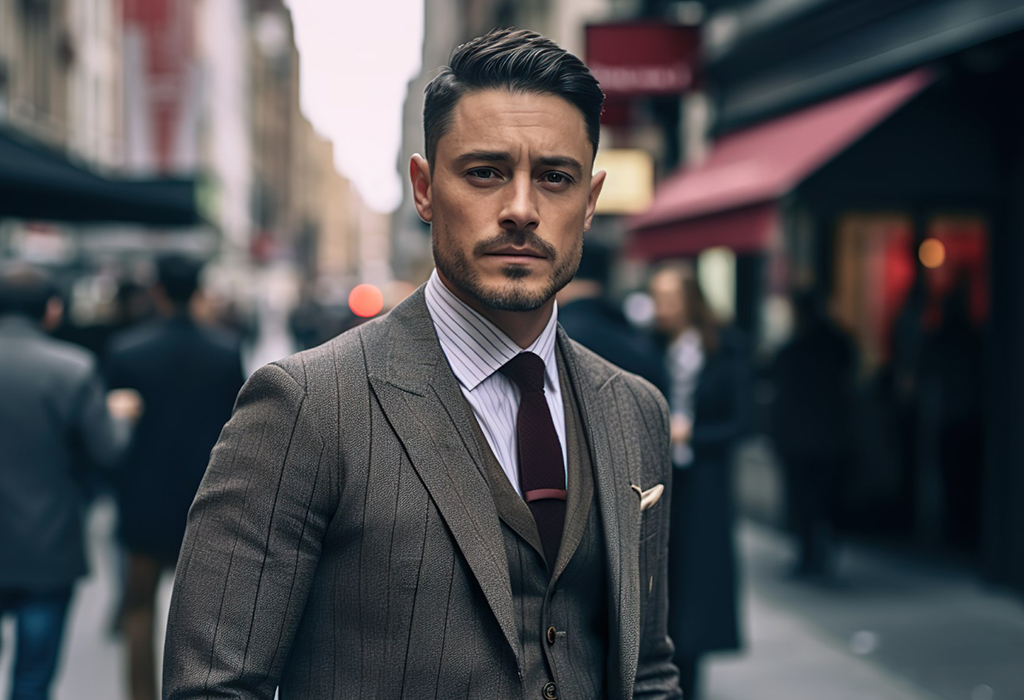Hair salons in New York City are more than just places to get a haircut; they function as important cultural hubs that help define community identity and foster relationships among residents. These establishments have a long history in urban settings, acting as gathering spots where people from varied backgrounds come togetherness. In many neighborhoods, barbershops are often the first place where clients can participate in conversations about community issues, exchange stories, and forge relationships. This distinct role makes barbers not only talented professionals but also community curators who add to the community fabric of their communities.
The atmosphere in a barbershop is often lively and welcoming, creating a space where clients feel comfortable expressing themselves. Barbers are known for their ability to connect with clients, often engaging in talks that span from athletics to current events. This engagement helps to create a sense of belonging among patrons, as they share their experiences and perspectives. In many cases, barbershops reflect the cultural diversity of the neighborhoods they support, showcasing different hairstyles, grooming techniques, and even music that resonate with the local community. This cultural exchange enriches the interaction for everyone involved and strengthens community ties.

Barbershops also have a significant role in preserving cultural heritage. Many barbers have been educated in particular techniques that are transmitted through ages, guaranteeing that unique looks and methods are not lost over time. For example, certain haircuts and grooming methods may be linked to cultural background, allowing clients to show their identity through their look. By upholding these customs, barbershops help to preserve cultural stories alive, providing a feeling of pride and connection for local members.
In furthermore to their cultural men's haircuts with beard importance, barbershops often participate in community service and assist local causes. Many barbers take an active role in tackling social issues, such as learning and health education, by organizing events or offering resources to their patrons. This engagement shows a dedication to the health of the neighborhood and encourages a feeling of duty among barbers. By using their influence to encourage positive development, barbershops become essential players in the community, further reinforcing their role as community curators.
In conclusion, barbershops in NYC serve as crucial spaces for cultural exchange, community building, and identity formation. They provide a unique environment where individuals can connect, share, and honor their varied backgrounds. As community curators, barbers not only influence the way clients show themselves but also affect the broader social dynamics. By recognizing the value of these establishments, we can appreciate the vital role they have in building connections and maintaining cultural traditions in city settings.
Comments on “Hairdressers as Artistic Curators Shaping Neighborhood Identity and Bonding in New Metropolis”